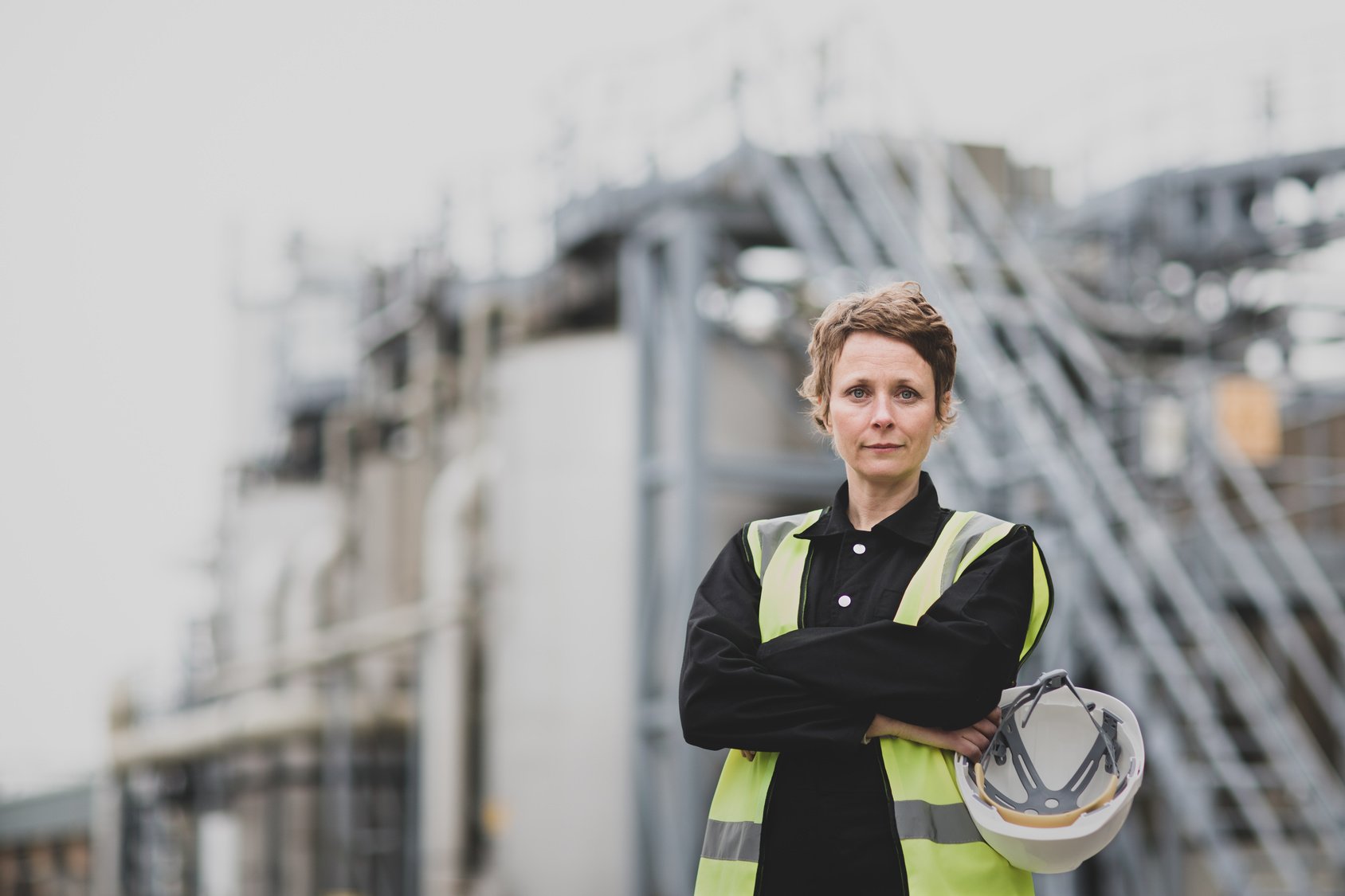Author: Brian Van Vliet
Achieving a 45 percent reduction in vented methane from upstream oil and gas assets by 2025 is a goal that is not only achievable, but you can get paid to do it. How is that possible? Let’s unpack it.
As a society we all can agree that there is a universal desire to improve upon our environmental impact, however, the cost of changing and improving processes typically opposes business economics. The Provincial and Federal governments are implementing regulations to help industry to achieve these goals, but regulations translate into hard increased costs. This in turn becomes operational and capital costs in a time of global economic crisis and pandemic.

So, What Has Changed?
If the initiative doesn’t pay, why proceed? Interestingly, the market has seen a shift with the next generation of investors putting more emphasis on Environmental, Social and Governance (ESG). This means that many organizations are adapting their focus to include emphasis on ESG and ROI on company initiatives. This shift indicates that organizations are recognizing that the world is ready to find ways to contribute to the bottom line on balance sheets and to contribute both environmentally and socially.
Achieving a 45 percent reduction in vented methane from upstream oil and gas assets by 2025 is a goal that is not only achievable, but you can get paid to do it.
The Criteria of ROI and ESG
Here is where we look at a prime candidate that fits the criteria of ROI and ESG; enter pneumatic instruments & pumps. These assets have been the workhorse for control at the wellhead because they could make use of an energy source - the pressured gas - available at a remote well sites to ‘power’ the instrumentation that runs the process. Head out to any well site across North America, and chances are you will find a good portion of the instruments and pumps on site are pneumatically powered. Picture it this way, most of these sites are out in the wilderness, no power lines (nor roads sometimes) are present. The issue is once the pressurized gas is used, it vents that gas to the atmosphere.
Unfortunately, solar power and alternative remote power options were cost prohibitive or were victim to theft. In addition, that alternative remote power supply was another asset at a site that needed to be maintained introducing still more operating costs. Let’s hypothesize that remote power and an instrument pump could be made cost effective. To be cost effective on a purely economic basis, the savings of the produced gas would need to be worth more than the cost of the remote power or alternative compressed gas system.
Organizations found themselves asking questions such as:
- Will there be enough sunshine?
- Is the battery bank properly sized to provide adequate days of stored power?
- Is technology at a place that we could find something reliable to replace the old system reliably?
Historically, the answer to all these questions was a resounding No.

The Good News
This is a scenario where organizations can increase revenue and lower operating costs by implementing change and eliminating emissions. In a world where ROI and ESG are constantly battling each other, there is absolutely a methodology to turn a problem into a revenue generating asset.


